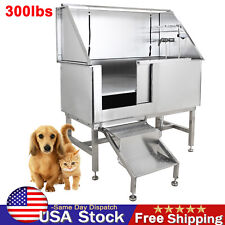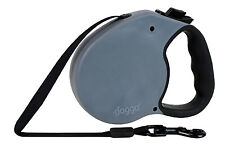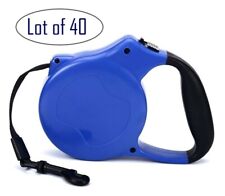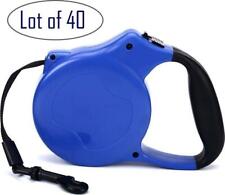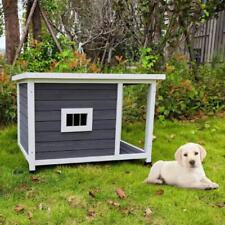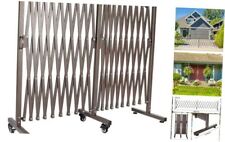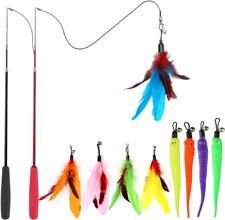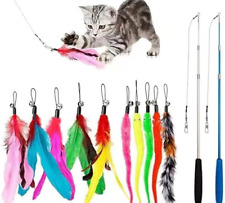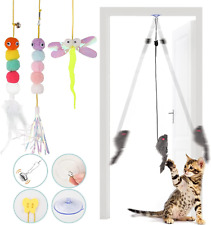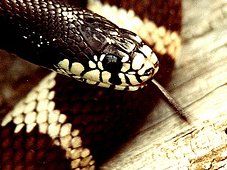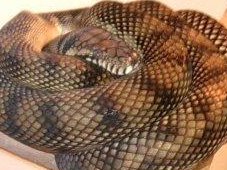Housing Corn Snakes

These snakes are happy in a range of different environments, and not too fussy about where they live. But do give some thought to your corn snake’s habitat, and provide it with the best home you can to keep it in peak condition.
Corn snakes do not need huge living areas – if anything, they tend to be agoraphobic. It’s perfectly possible to keep baby corn snakes in a plastic shoe box with air holes. Once they start to grow, you could graduate to a 10 gallon vivarium or terrarium for a young snake, then a 20 or 30 gallon aquarium by the time the corn snake reaches maturity, usually at three or four years of age. Increase the size of your reptile’s living area in stages.
You should realize that corn snakes are excellent escapologists! So make your snake’s home escape-proof, for example with a tight-fitting lid you can clamp down.
You will need to have some substrate – material that goes on the bottom of wherever you keep your snake. Various kinds are available, some of them more appropriate than others. Pine and cedar shavings, for example, can cause respiratory problems. So think about using newspaper or paper towels – they may not look especially attractive, but are easily changed when they become soiled. Astroturf is another idea, although it can rot when it gets wet. If you do use it, cut several pieces and rotate dirty and clean sections. Reptile bark is another option, and it’s widely available from pet stores.
Thermoregulation is a crucial aspect of keeping corn snakes. As with all reptiles, these creatures cannot produce their own body heat, so they depend on their environment to raise or lower their temperature. Poor thermoregulation can lead to problems with digestion and the immune system. Your corn snake needs at least one area where it can warm itself.
Temperatures within your corn snake’s home should have a range between 21 and 29°C or 70 to 85°F, and there are various ways of doing this. It’s best not to bring the snake’s body into direct contact with the heat source. Heating pads under the tank can provide the right variety of warm and cool areas across the floor of the terrarium. An overhead heat lamp can also create a basking area.
People often forget to provide hiding areas to give their pet a sense of security in both the cool and warm areas of its home. This should be big enough to allow the snake to curl up in, but small enough to make it feel secure. You can use something as straightforward as a cardboard box or pieces of bark in the substrate, although a variety of more sophisticated purpose-made ‘hiding spots’ is now commercially available. Finally, you may want to provide a branch for your corn snake to climb and slither around.

